What does brown mean in psychology?
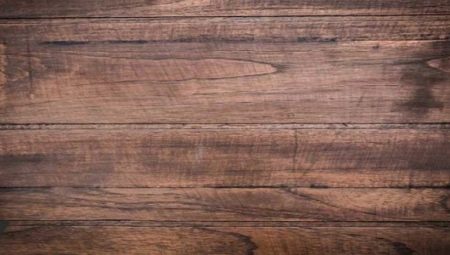
The energy of the earth fills the brown. It influences the formation of the character of lovers of shades of the color chocolate spectrum. Interest in brown is reflected in the choice of a similar color for the interior and things.
Symbols and characteristics
A wide variety of brownish tones are very often found in nature: fallen leaves, tree bark, bamboo, cinnamon, buckwheat, sand, soil. Many animals are brown in color. The color is a mixture of yellow and red tones. It can contain many shades: mustard, cream, brick, beige, brown, chocolate, terracotta, coffee, light brown, tea, brown, chestnut, bronze tint.
This color personifies life, which has somewhat reduced its activity, therefore it is preferred by those who are thirsty for physical rest and peace.

He gives wisdom and the ability to maintain an even relationship. The brown color scheme symbolizes loyalty, dedication, constancy, stability, stability, responsibility and solidarity.
In psychology, positive characteristics of color are distinguished:
- common sense;
- thoroughness;
- reliability.
Those who prefer brown tones are not inclined to expose themselves to difficulties, it is easier for them to hide their heads in the sand. Negative characteristics:
- obsessions;
- destruction;
- disappointment;
- depressive state.
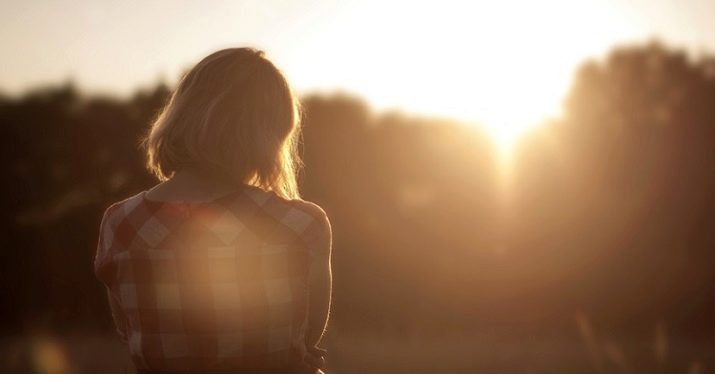
Since ancient times, the Egyptians and other peoples who inhabited Africa, compared brown tones with the color of the earth. Such a color spectrum was for them a symbol of birth, life, home, strong family and stability.In ancient African tribes, the coffee color was used as a sleeping pill. Modern psychologists also claim that dark brown curtains in the bedroom help you fall asleep faster.
In Ancient Greece, the chestnut shade was identified with the goddess of fertility and agriculture, the Hero, who is responsible for the life cycle: birth, death and resurrection. Shades were often used in everyday life, enjoyed great honor, identified with high productivity and fertility of women.
The symbolism of the Slavs was reduced to an association associated with the master of the taiga - the brown bear. The color symbolized strength, power, invincibility, perseverance. The Slavs avoided brown clothing because of the veneration of the totem animal.
Religions of the world have always been negative about chestnut tones:
- muslims considered it a symbol of devastation, ignorance, spiritual and social decay;
- christians associated chocolate shades with the worship of dark forces, passions, especially at the time of the birth of the fascist movement known as the "brown plague";
- catholics identified chestnut tones with poverty, moral decay and debauchery.
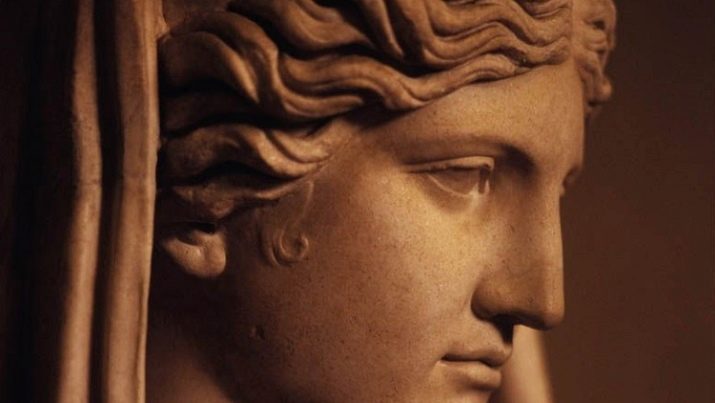
Physiological influence
Light shades of brown help to warm the body. The color does not burn. In a light brown room, blood circulation is improved and a feeling of soft warmth is created. Color can boost immunity. The gentle stimulating effect of the chocolate color helps to increase physical endurance.
Coffee color slows down metabolic processes, activates the heart, lowers blood pressure, and calms the nervous system. Psychologists recommend that people with an increased degree of anxiety surround themselves with brown objects. Tiger's eye stones and jasper are the best. They promote relaxation and peace.
Before passing the exam, the coffee tone gives you the opportunity to focus and improves memorization.
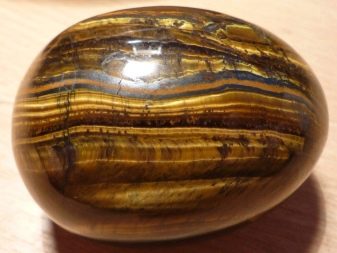
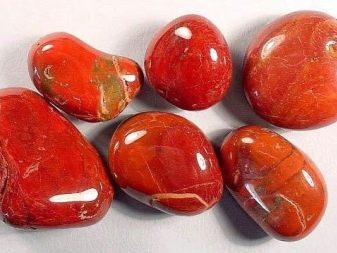
Psychological impact
Advertisers use brown to convince consumers that the product is natural. Coloring of tree bark, cinnamon, earth, nuts inspires confidence of buyers. Manufacturers of cosmetics, which contain natural ingredients, often use chestnut color. Psychologists recommend using this trustworthy color in trade and finance.
An individual's preference for a brown color indicates his conservative nature. In psychology, the unshakable life position of coffee lovers is noted. He is liked by people who feel the earthly firmament under their feet, stand firmly on it, are confident in their abilities. Sometimes psychologists associate color with authoritarianism, stiffness, and a tendency to depression.
A dedicated, hardworking, single-minded, rational person loves all shades of brown. The lover of the chocolate color spectrum appreciates family ties and honors tradition. But such people are often plagued by doubts. Often brown fans are simple, trivial, clumsy.
Lovers of brown colors do not like to lie and manipulate. They are honest and open. A warm and soft tone is conducive to frank conversations. The brown color spectrum never arouses aggression or anger in others. It has a beneficial effect on a person, promotes psychological relaxation.
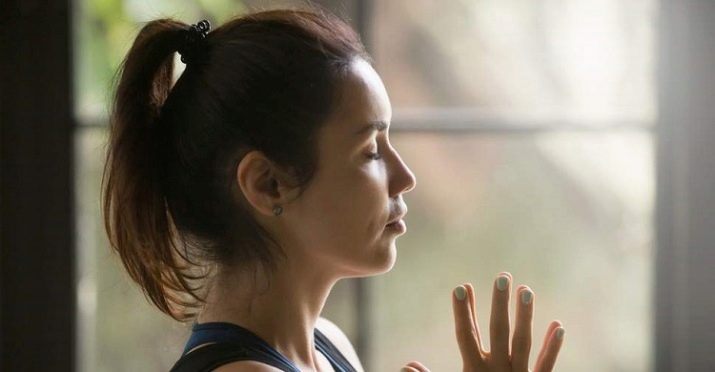
Color is often associated with hard work to the point of exhaustion. Exhausted, often not getting enough sleep, people often try to surround themselves with chocolate shades.
Chronic fatigue or depression can also cause a person to turn to coffee tones. The brown tint gives rest to the eyes. A person surrounded by such a color scheme can calmly relax.
Interspersed with brown colors in an interior or clothing has a calming effect on a person: a feeling of peace, harmony, release from physical overload is created.The desire to surround yourself with chestnut colors arises when you want to get rid of painful thoughts or from a protracted conflict.
Adolescents develop a love for brown if they want to drown out their protest against the established way of life, awakening sensuality. The color of the earth gives them a sense of stability.
Very often brown shades are rejected by amateurs to stand out from the crowd, highly spiritual individuals who want to rise above the primitive needs of the body. For people who cannot stand routine and uniformity, the entire brown spectrum seems boring and commonplace. Impulsive individuals lack brightness and color in colors.

Brown and clothing
In ancient Rome, only slaves were allowed to wear brown clothes. Noble people never wore it. In Russia, on the contrary, wealthy and highly respected persons enjoyed the privilege of using chocolate shades in their attire. Medieval Europeans identified chestnut-colored vestments with anguish and hopelessness.
Modern brown lovers have a calm and patient disposition. They think carefully about their actions and make informed decisions. Never spend money on unnecessary things. Such people are adept at managing finances. Treat things with care. They love neatness, cleanliness and order. They prefer silence and their own comfort.
Brown colors in clothes signal a great partner and a reliable friend. Lovers of coffee colors achieve their goals. They are able to panic at the slightest deviation from their assigned tasks. Have a habit of controlling the actions of others. Brown tones are often preferred by people who want to stay in the shade.
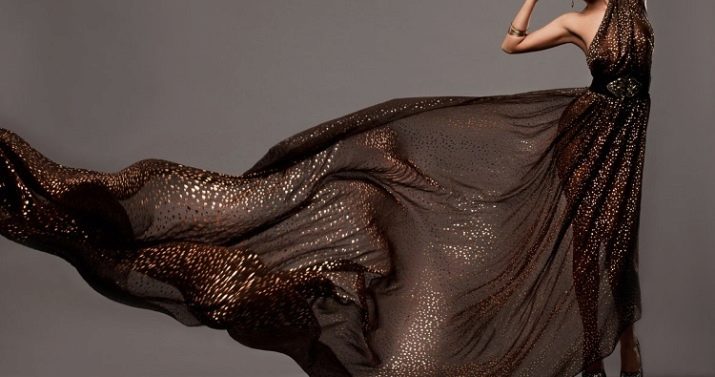
A versatile brown outfit that goes with any occasion. The color scheme of chocolate shades is suitable for a business style and creating a romantic look. Non-marking items are ideal for everyday wear. She suits pale-faced blondes and dark-haired dark-haired women.
Psychologists recommend using brown shades in business attire. The color scheme evokes an affection for a person. A sense of trust and respect develops. For an important meeting or interview with a potential employer, it is advised to wear this color. It testifies to the fundamental nature of an executive and responsible job seeker. Color is conducive to acquaintance and further communication.
Young people rarely prefer brown things, associating it with wilting. Young ladies shouldn't give up brown clothes. With a successful combination with other shades, young people in chestnut colors look stylish, fashionable and effective. The playfulness and lightness of the image are not compatible with coffee shades, so those who have difficulty getting to know the opposite sex are better off using other tones.
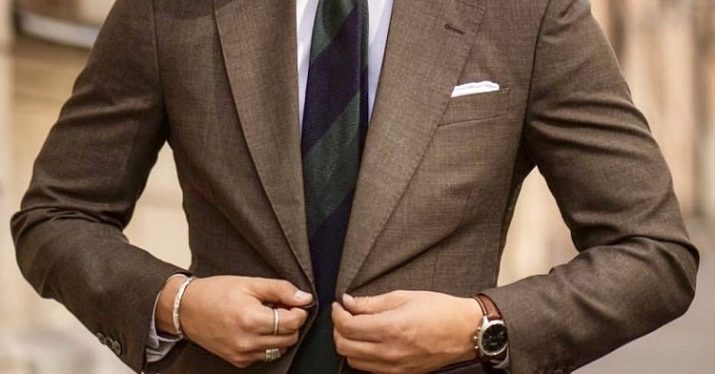
Application in the interior
Since ancient times, people have preferred brown furniture. She instilled an awareness of security and a sense of comfort. The brown interior is ideal for rooms, living room, kitchen, bathroom. It smooths out the contradictions of different generations, improves the psychological environment in the family.
Most people use the color of the earth to fill their apartments with a sense of peace and complete relaxation. In a brown bedroom, a person can relax and get rid of stress, but to improve the quality of intimate life, such a color must be diluted with a peach or red tone.
Coffee shades bring a sense of warmth and comfort to life. They are often used in the interior. Floor coverings, walls and chocolate-colored furniture help to get rid of the bustle of the city, hide from problems.
The brown color is ideal for kitchen interiors and dining rooms. It prevents over-saturation of the body, thereby eliminating overeating.But there is no loss of appetite either. Reception of a meal in such a room brings great pleasure.
Delicate creamy tones visually expand the space, have a beneficial effect on people, providing mitigation of problems and confidence in a favorable outcome. Dark colors reduce the space. To create a special comfort in the apartment, warm shades of brown are used.
At the workplace, it is advisable to combine chocolate colors with cold shades: gray, golden, white.









